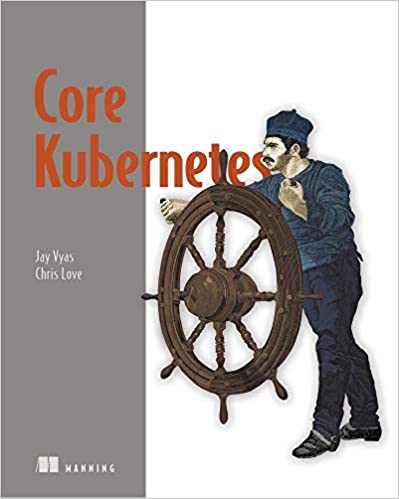
English | 2022 | ISBN: 1617297550 | 425 pages | True EPUB, MOBI | 8.43 MB
From its humble beginnings a container orchestration system, Kubernetes has become the de facto infrastructure for cloud native applications. Kubernetes impacts every aspect of the application development lifecycle, from design through deployment. To build and operate reliable cloud native systems, you need to understand what's going on below the surface. Core Kubernetes is packed with experience-driven insights and practical techniques, and takes you inside Kubernetes to teach you what you'll need to know to keep your system running like a well-oiled machine and prevent those panicked 3 AM phone calls.
about the technology
Kubernetes is a platform-independent layer for deploying scalable container-based applications. Kubernetes provides abstractions for clustering, replicating, and scaling system components in real time. It's especially well-suited for microservices applications, where you can easily balance the load among services. Kubernetes has become a core component of cloud native applications, and all major cloud vendors now offer hosted versions of Kubernetes. Kubernetes was initially developed by Google and is now governed as an open source project by the Cloud Native Computing Foundation (CNCF).
about the book
Core Kubernetes is a reference guide designed to teach operators, SREs, and developers how to improve reliability and performance of Kubernetes-based systems. In it, Kubernetes experts Chris Love and Jay Vyas provide a guided tour through all major aspects of Kubernetes, from managing iptables to setting up dynamically scaled clusters that respond to changes in load. You'll understand the unique security concerns of container-based applications, discover tips to minimize costly unused capacity, and get pro tips for maximizing performance. This awesome collection of undocumented internals, expert techniques, and practical guidance has invaluable information you won't find anywhere else.
what's inside
- Kubernetes base components
- Kubernetes networking
- Storage and the Container Storage Interface
- External load balancing and ingress
- Kubernetes security
- Different ways of creating a Kubernetes cluster
- Configuring Kubernetes to use a GPU
about the reader
Written for readers with a working knowledge of Kubernetes and microservices applications.
about the author
After earning his PhD, Jay Vyas started his career contributing to Kubernetes' core features at RedHat, and next, he focused on helping multiple companies migrate to Cloud-Native solutions. He now resides at VMWare, once again contributing to Kubernetes and associated projects. When not coding, Jay likes to play with his video games, his synthesizers, and hang out in his Pod.
As a thought leader in the Kubernetes and DevOps segment, Chris Love is a founder of multiple technology companies with over 20 years' experience in software engineering. A Google Cloud Certified Fellow, Chris has contributed to several open-source projects including Kubernetes, Bazel, and Terraform. He enjoys speaking around the world about DevOps and Kubernetes and practices martial arts in his free time.



